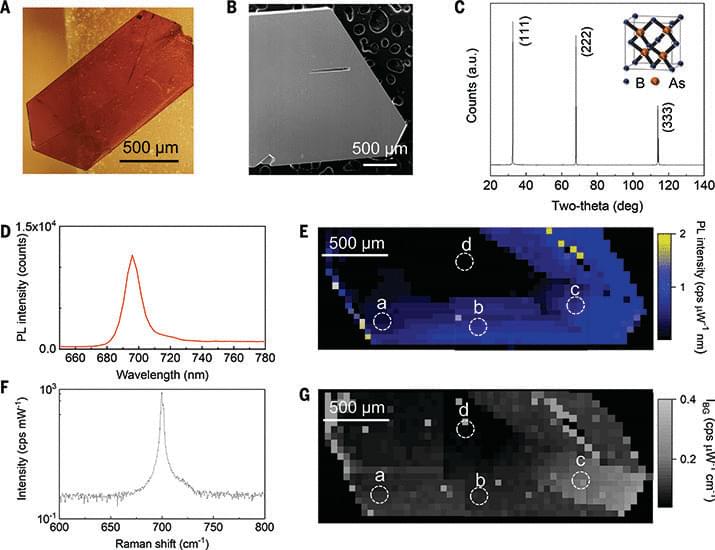Future internet connection speeds – 2030, 2040, 2050. Predictions of future internet technologies and trends. What will the internet be like in 2050?



Life science continued dominating the research schedule aboard the International Space Station on Wednesday to benefit humans living on and off the Earth. The seven Expedition 67 orbital residents explored how living in microgravity affects tissue regeneration, crew psychology, and the human digestion system.
Learning to heal wounds in space is critical as NASA and its international partners plan crewed missions to the Moon, Mars, and beyond. Four station astronauts have been partnering together this week for the skin healing study taking place inside the Kibo laboratory module. Flight Engineers Kjell Lindgren, Bob Hines, and Jessica Watkins, all from NASA, with Samantha Cristoforetti of ESA (European Space Agency), are studying surgical techniques such as biopsies, suture splints, and wound dressing, inside Kibo’s Life Science Glovebox.
Scientists on Earth seek to identify the molecular mechanisms that occur during tissue regeneration in weightlessness. Observations may offer advanced therapies and provide insights into how space-caused accelerated skin aging affects an astronaut’s healing properties. The biomedical experiment may also contribute to better wound healing techniques on Earth.

Facebook suffered a bug leading to users’ feeds being spammed with posts from strangers on the pages of celebrities on the site earlier today.
The social media platform’s parent company Meta blamed the problem on a “configuration change” in a statement to Metro.co.uk, adding: “We resolved the issue as quickly as possible for everyone who was impacted, and we apologize for any inconvenience.”
The technical glitch meant that when anyone posted a comment on a celebrity’s page, it appeared on the feed of anyone who followed that celebrity. This issue reportedly began at around 6.30 am BST on Wednesday, August 24.

Your partner’s scrolling through Instagram.
Suddenly they stop. And stay on a single photo.
After a while, you can’t help but wonder:
Who are they looking at?
Is it a friend? A family member?
Or is it an ex? Someone new? Someone they’ve never met?
An exploration of the option of moving planets through gravitational migration and the idea of Earth getting ejected from the solar system and wander the galaxy as a rogue planet, perhaps to be captured by another star in the far future.
My new clips and live channel:
https://www.youtube.com/channel/UCwwuMqY1SXZhTB5hIFFUmlg.
My Patreon Page:
https://www.patreon.com/johnmichaelgodier.
My Event Horizon Channel:
Seen most recently in sci-fi shows like ‘Westworld’ and ‘Severance,’ the sinister substance also exists in the real world—where it may control us all.

A recent debate at Oxford University has convinced scientists that artificial intelligence is worth considering. The computer was asked about its views on the future, and whether AI’s emergence is ethical.
The AI that answered the questions is called Megatron and was created by a team at Nvidia. Megatron’s head contains all of Wikipedia, 63 million English news articles, and 38 gigabytes of Reddit chat.
This information helped him form his opinion. Participants also participated in the discussion. Megatron responded to their statements that they don’t believe that AI will have an ethical future, in a way that terrified those present.

